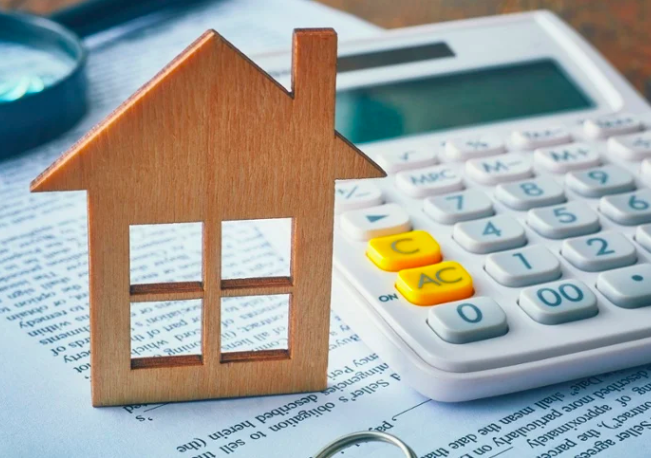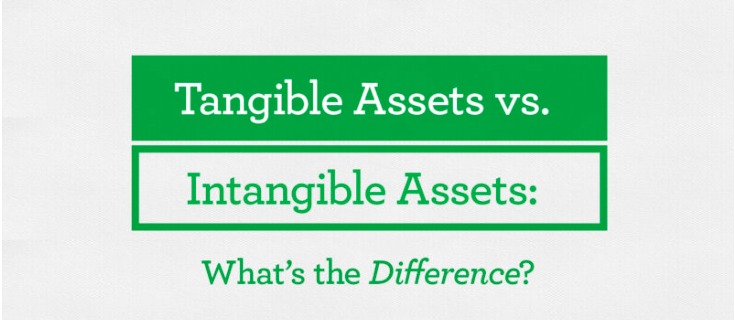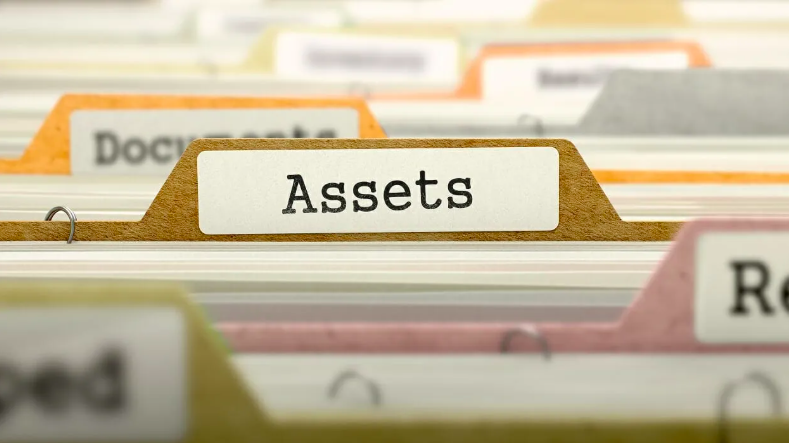
5 Key Metrics to Evaluate a Rental Property’s Profitability
Investing in rental properties can be a lucrative way to build wealth, but not every property is a golden opportunity. To ensure you’re making a smart investment, it’s essential to evaluate a property’s profitability using key financial metrics. Here are the five most important metrics to consider before buying a rental property:
1. Cash Flow
What It Is: Cash flow is the amount of money left over after all expenses (mortgage, taxes, insurance, maintenance, etc.) are paid from the rental income.
Why It Matters: Positive cash flow means the property is generating income, while negative cash flow indicates you’re losing money each month.
How to Calculate:
Monthly Cash Flow = Monthly Rental Income - Monthly Expenses
Pro Tip: Aim for a property that generates at least 200–200–300 in positive cash flow per month to account for unexpected costs.
2. Cap Rate (Capitalization Rate)
What It Is: The cap rate measures the property’s potential return on investment (ROI) without factoring in financing. It’s expressed as a percentage.
Why It Matters: Cap rate helps you compare the profitability of different properties, regardless of how they’re financed.
How to Calculate:
Cap Rate = (Net Operating Income / Property Purchase Price) x 100
Example: If a property generates 20,000innetoperatingincomeandcosts20,000innetoperatingincomeandcosts250,000, the cap rate is 8%.
Pro Tip: A good cap rate typically ranges between 8% and 12%, depending on the market.
3. Cash-on-Cash Return (CoC)
What It Is: Cash-on-cash return measures the annual return on the actual cash invested in the property.
Why It Matters: This metric is especially useful for investors using financing, as it shows how much cash you’re earning relative to your initial investment.
How to Calculate:
Cash-on-Cash Return = (Annual Pre-Tax Cash Flow / Total Cash Invested) x 100
Example: If you invested 50,000(downpayment+closingcosts)andearn50,000(downpayment+closingcosts)andearn5,000 in annual cash flow, your CoC return is 10%.
Pro Tip: Aim for a CoC return of at least 8–10% to ensure a solid ROI.
4. Gross Rent Multiplier (GRM)
What It Is: GRM is a quick way to estimate how long it will take to pay off the property using rental income.
Why It Matters: A lower GRM indicates a better investment opportunity, as it means the property will pay for itself more quickly.
How to Calculate:
GRM = Property Purchase Price / Annual Gross Rental Income
Example: If a property costs 300,000andgenerates300,000andgenerates36,000 in annual rent, the GRM is 8.33.
Pro Tip: Look for properties with a GRM below 10 in most markets.
5. Occupancy Rate
What It Is: The occupancy rate is the percentage of time the property is rented out versus vacant.
Why It Matters: A high occupancy rate ensures steady rental income, while a low rate could indicate issues with the property or location.
How to Calculate:
Occupancy Rate = (Number of Occupied Days / Total Available Days) x 100
Example: If a property is rented for 340 days in a year, the occupancy rate is 93%.
Pro Tip: Research the local market’s average occupancy rate to set realistic expectations.
Putting It All Together
Evaluating a rental property’s profitability requires more than just looking at the purchase price or rental income. By analyzing these five key metrics—cash flow, cap rate, cash-on-cash return, GRM, and occupancy rate—you can make informed decisions and avoid costly mistakes.
Remember, every market is different, so it’s important to research local trends and consult with a real estate professional to ensure your investment aligns with your financial goals.

 February 19, 2025
February 19, 2025



